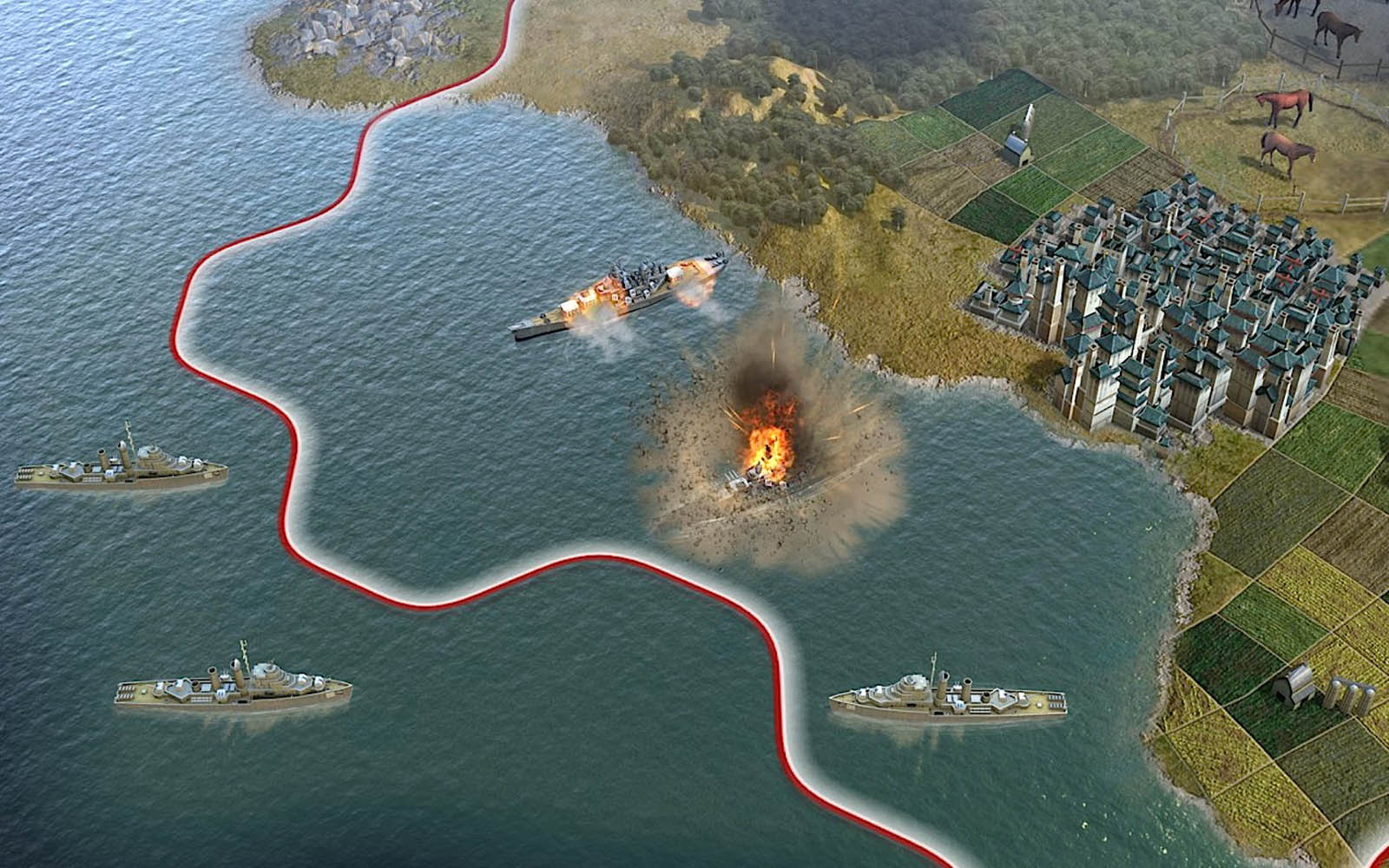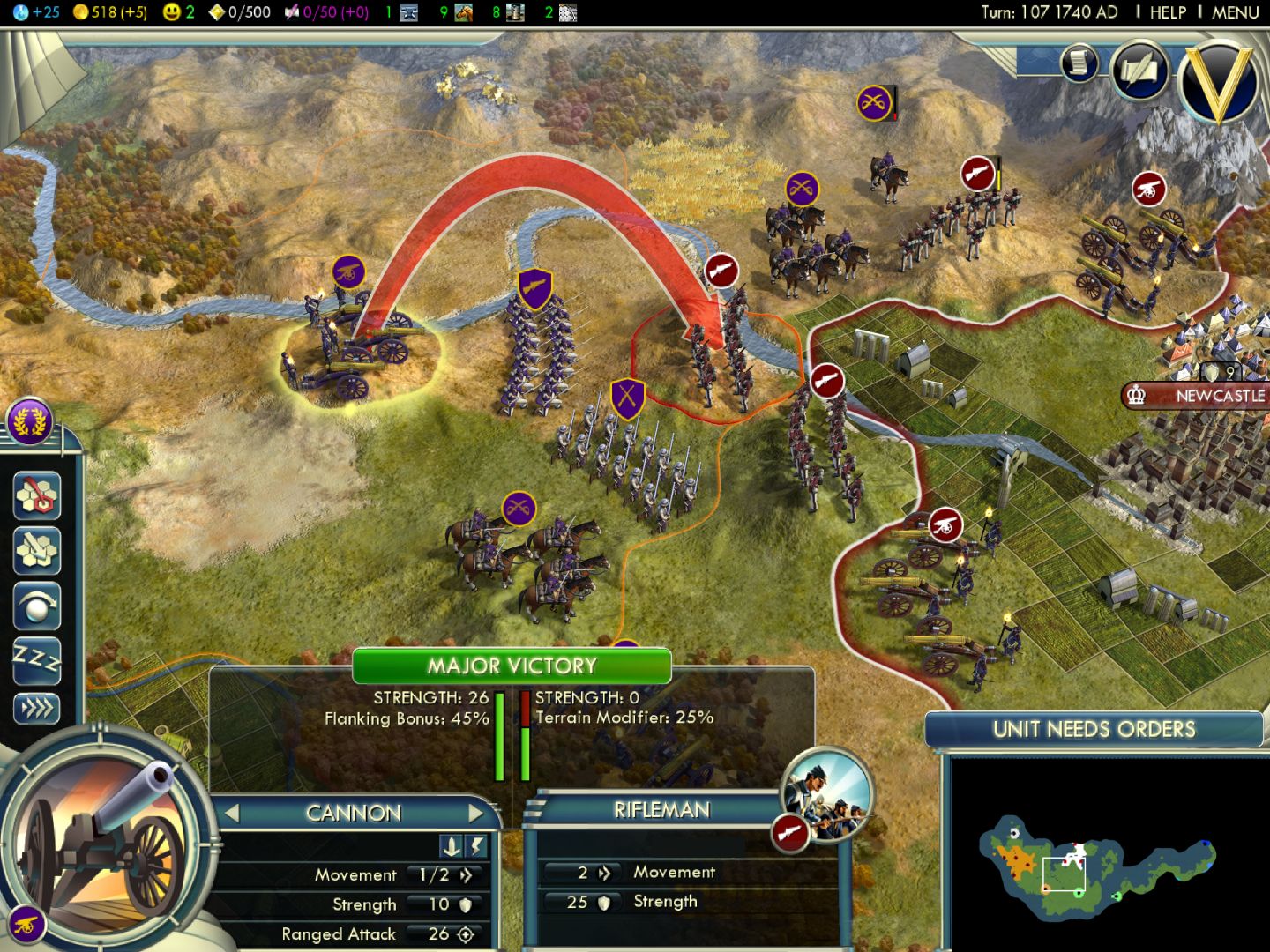
Houses like Greenbank House and Harmony were owned by these newly rich businessmen. The arrival of industrial technology created a shift in wealth, also caused by the boom in the tobacco, sugar and cotton trades, based largely on the exploitation of enslaved people. Their work remains for all to see at places like Newhailes House, Hugh Miller’s Birthplace Cottage & Museum and Robert Burns Birthplace Museum.Īt the beginning of the 19th century, Scotland’s economy changed drastically. The Age of Enlightenment saw Scottish thinkers and artists – the likes of Robert Burns, William Adam, Sir Walter Scott and Adam Smith – transform the way we see and understand the world. In the 18th and 19th centuries, Scotland was part of the one of the greatest intellectual and scientific outpourings ever recorded. She was welcomed at places like Falkland Palace and Alloa Tower, but made an enemy of her cousin Queen Elizabeth I, who had her executed in 1587. Sent to France aged 5, Mary returned to rule Scotland in 1561. Mary Stuart (you might know her as Mary, Queen of Scots) became queen when she was just 6 days old, following the death of her father James V. Addressed to Pope John XXII, the letter asked him to recognise Scotland as an independent country and Robert the Bruce as its lawful king. Scottish independence was declared 6 years later with the Declaration of Arbroath on 6 April 1320. War between the English and the Scots raged until 1314, when Robert the Bruce’s army defeated Edward II at the Battle of Bannockburn. Robert the Bruce was crowned King of Scotland. The Battle of Stirling Bridge is where William Wallace, one of Scotland’s most famous figures, earned his fame – he was knighted and appointed Guardian of Scotland the following year. In 1297, Edward’s army planned to cross the River Forth at Stirling Bridge, but were met by an army of Scots that forced them back. The reigns of William I (the Lion), Alexander II and Alexander III saw farming, trade and Christianity flourish.įollowing the death of Alexander III, England’s King Edward I had declared himself the overlord of Scotland and marched his troops north. The best known early Scottish king, Macbeth, was killed in battle in 1057, and the Kingdom of Alba became a feudal society by the 12th century. The medieval period saw the gradual expansion of the Scottish kingdom, as kings and queens came and went at a steady pace. Where did Scottish people come from?Įarly Historic Scotland was a melting pot of different groups – the Britons, the Picts, the Angles, the Gaels (Scots) and the Norse – and you can see this mixture reflected in place-names around the country, from Ben Macdui (Gaelic) to Stornoway (Norse) via Aberdeen (Pictish). There are records, written mostly by monks, that tell us that Christianity reached the west of Scotland in AD563, when Columba arrived in Iona.Īround this time the Vikings arrived to trade and settle around Scotland, both on the west coast and in the north at places like Fair Isle. The Early Historic period refers to the era when Scotland’s history first started to be recorded in writing. Despite the Romans’ best efforts to fortify the border with Hadrian’s Wall in AD122, and central Scotland with the Antonine Wall 20 years later, they were fought back by the Caledonians and the Picts, and eventually retreated from Britain altogether by AD410. Emperor Claudius invaded Britain in AD43 and soon ventured north.


Scotland’s recorded history began with the arrival of the Romans.

We’re always uncovering and learning from historical written documents. We’ve found evidence of human activity dating back to the Iron Age in the caves beneath Culzean Castle. Communities also built defensive forts of timber, earth and stone to keep enemies at bay. The Iron Age saw people making better tools and weapons. At Brodick Castle you can learn about this early period of history in a reconstructed roundhouse. Burial structures, like the one that was uncovered at St Kilda, and ornaments made from exotic materials (such as gold, amber or jet) show that people were displaying their wealth and status, and that social hierarchies were starting to form. The arrival of metalworking signalled the start of the Bronze Age and a period of technological change.

They built permanent shelters, made pottery and stone axes, and created tombs to house the remains of their ancestors. People first started cultivating and claiming ownership of the land in Scotland in the Neolithic period. Natural disasters were a serious threat – around 6200BC a 25m-high tsunami devastated coastal communities in the Northern Isles and eastern Scotland. Small groups of hunter-gatherers lived off the land, hunting wild animals and foraging for plants. People first occupied Scotland in the Paleolithic era.


 0 kommentar(er)
0 kommentar(er)
